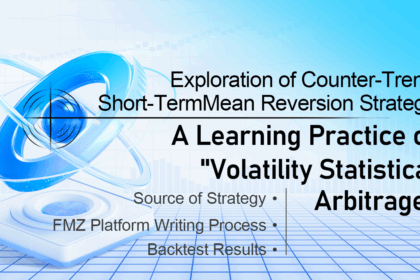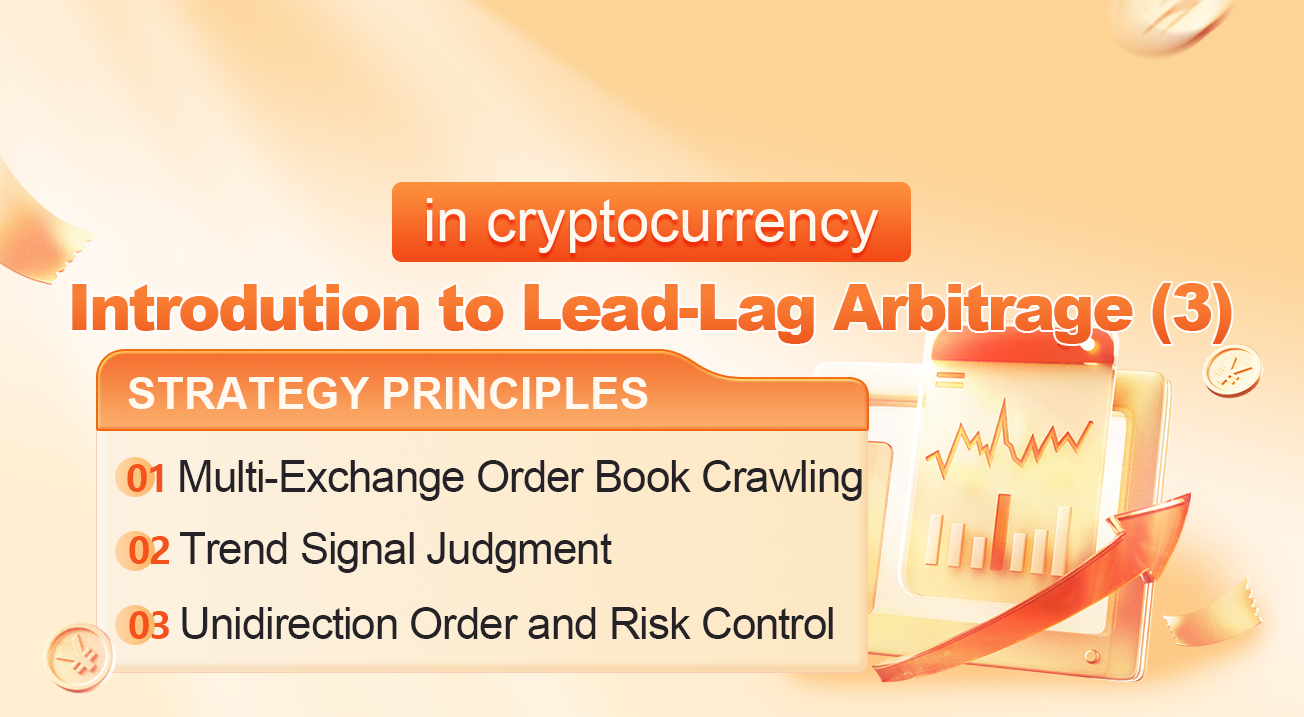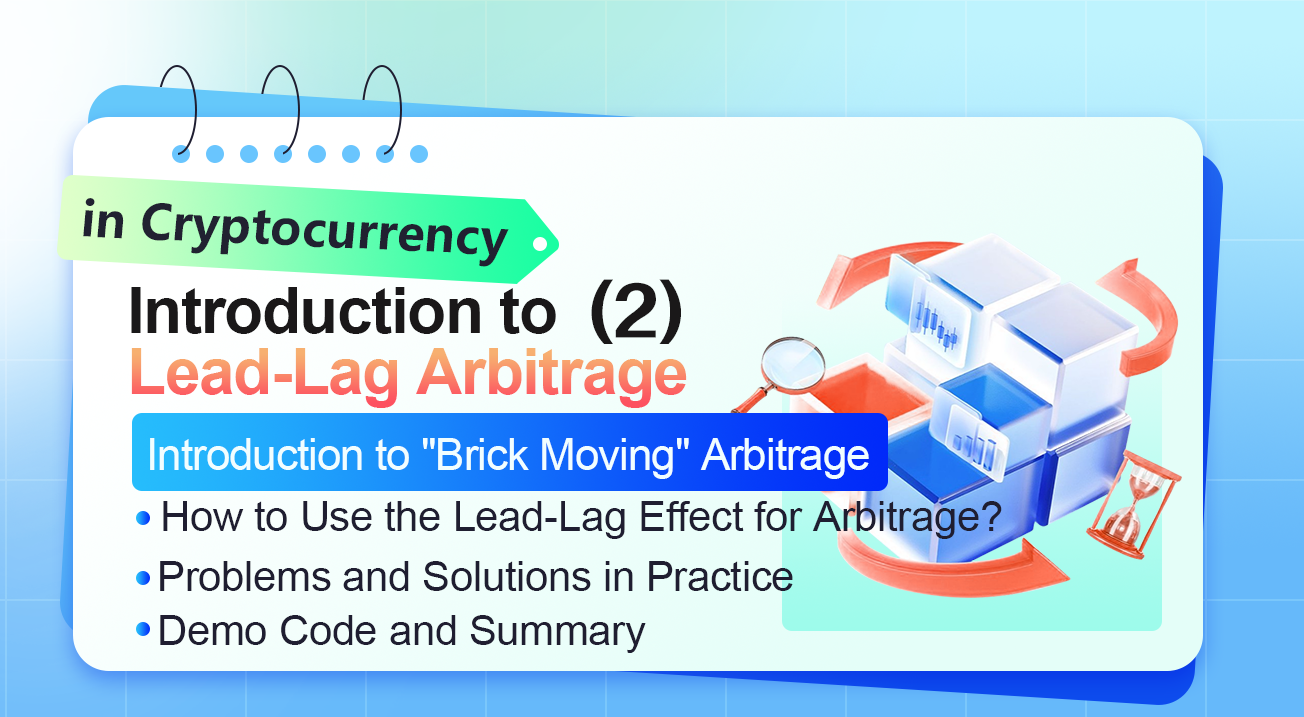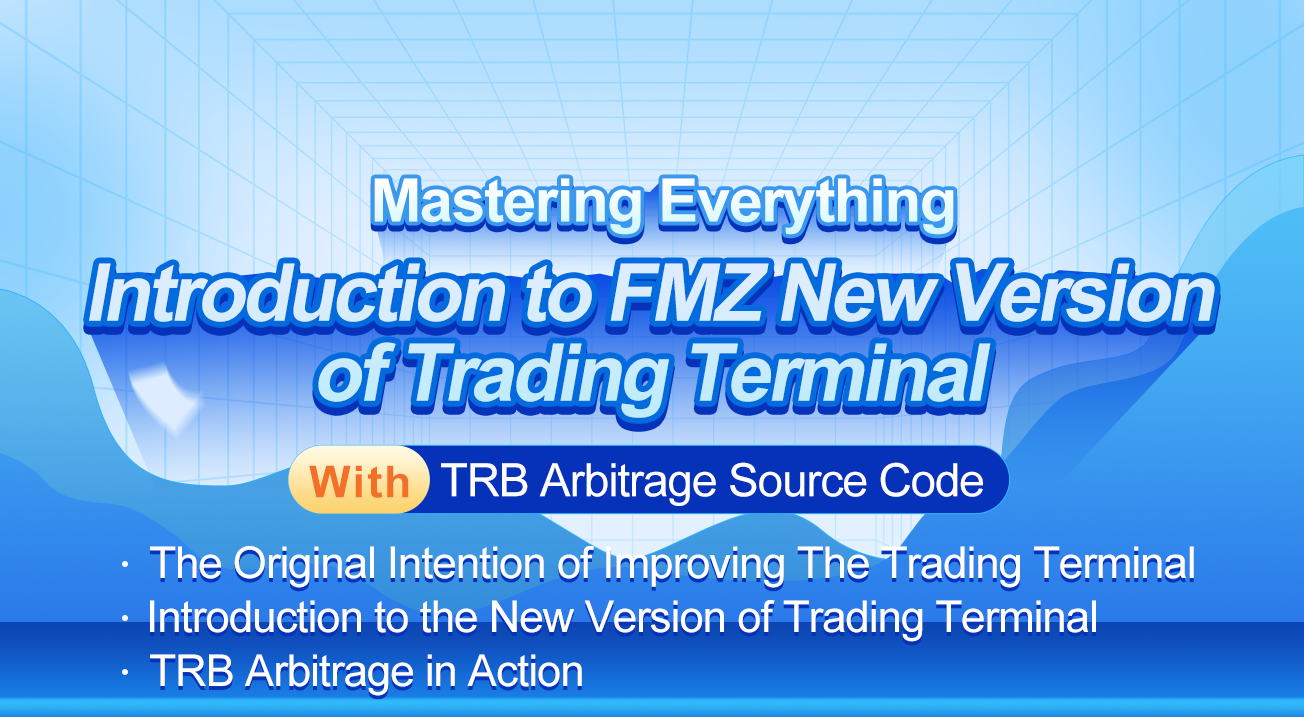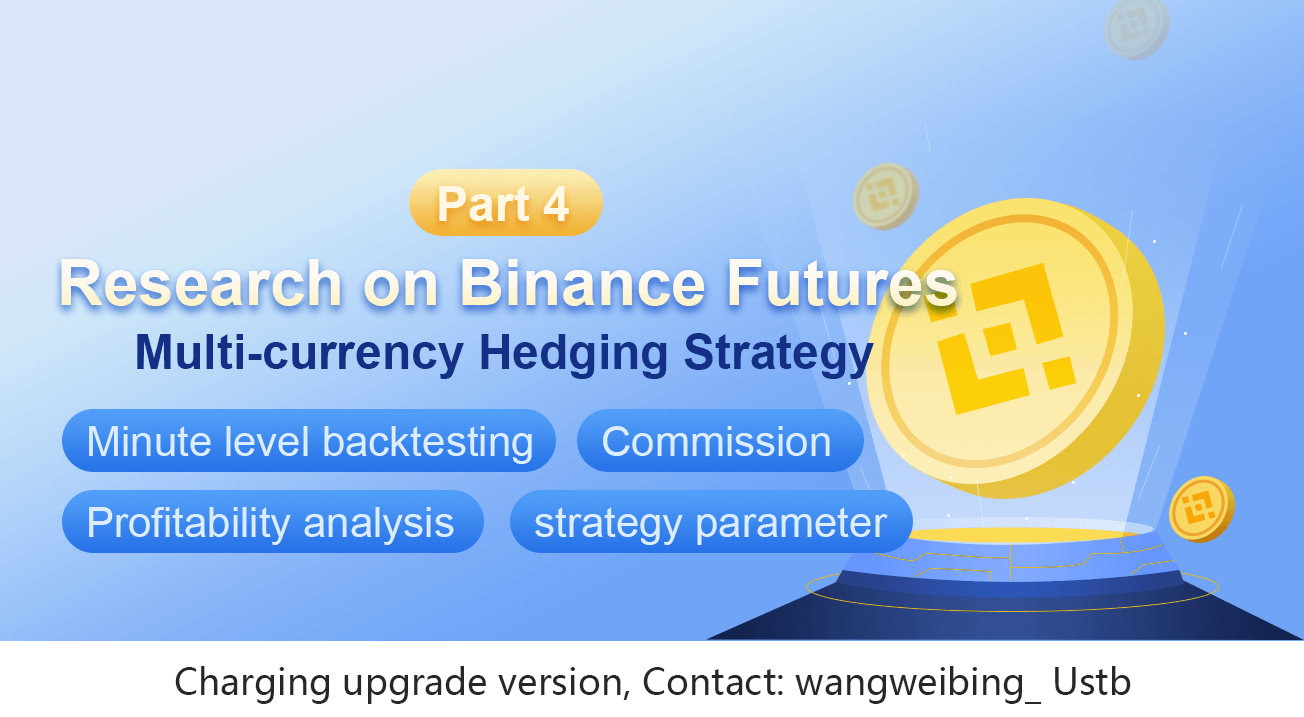Source of Strategy Recently, I saw an interesting “Volatility Statistical Arbitrage Strategy” shared in the quantitative trading community. Although it is called an arbitrage strategy, aft...
In the previous article, we introduced cross-exchange “brick moving” arbitrage. In this article, we will take a deep look at how to apply the Lead-Lag effect to high-frequency trading, whi...
Introduction to “Brick Moving” Arbitrage In the first article, we introduced how to use the Lead-Lag phenomenon for arbitrage briefly. In this article, we will mainly introduce the cross-e...
Introduction Recently, I saw BuOu’s Quantitative Diary mentioning that you can use negatively correlated currencies to select currencies, and open positions to make profits based on price differ...
After many weeks of intense development, the new version of FMZ’s trading terminal is online finally. It is supported by both the web page and the mobile APP. It is definitely the most powerful ...
I. Summary George Soros put forward an important proposition in “The Alchemy of Finance” written in 1987: I believe the market prices are always wrong in the sense that they present a Bias...
Principles of strategy Due to liquidity reasons, when there is a large amount of smashing and pulling in the market, there will inevitably be large price fluctuations, and an instantaneous price diffe...
Summary Some people may be unfamiliar with the word “arbitrage”, but “arbitrage” is very common in real life. For example, the owner of a convenience store buys a bottle of min...
Binance futures multi-currency hedging strategy’s recent review and minute-level K-line backtest results Three research reports on Binance’s multi-currency hedging strategy have been publi...
Just a rough simulation, so that everyone has a specific concept of the amount of lost margins. You can download the notebook and upload it to the FMZ research environment, and run the code yourself. ...
